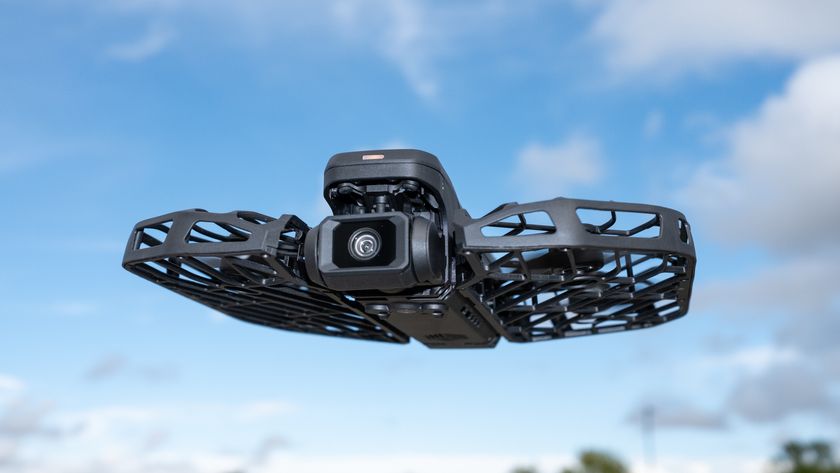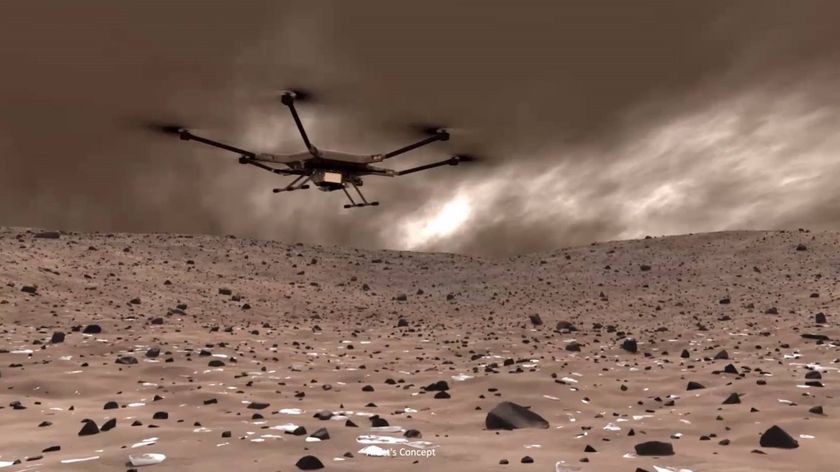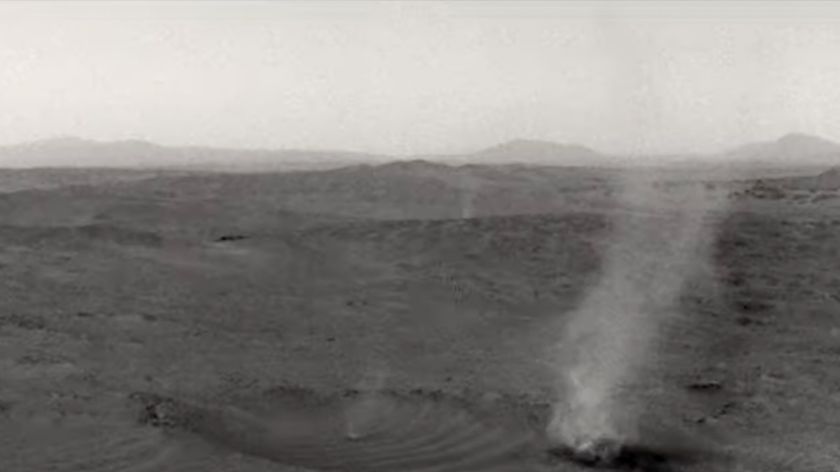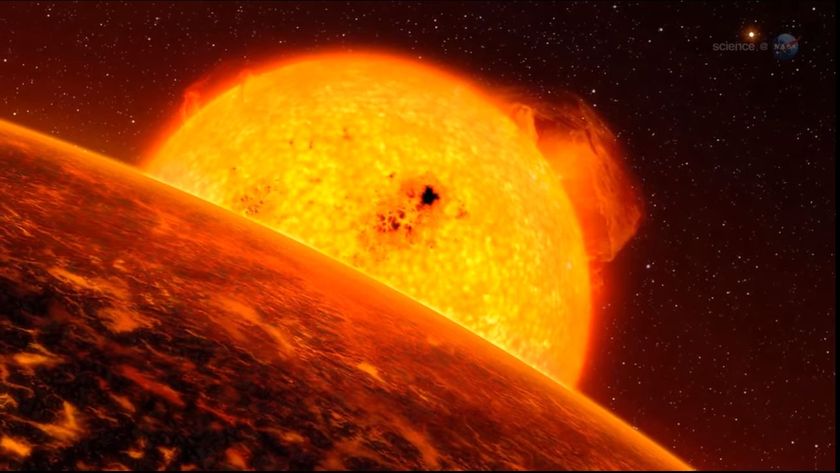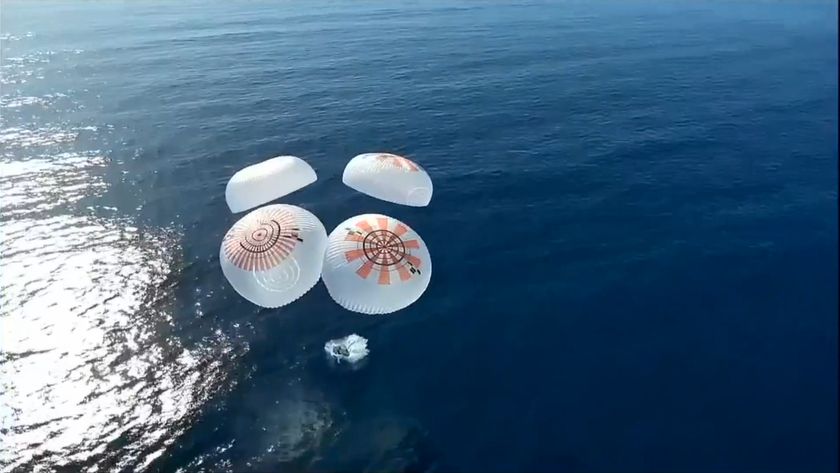US Military's 'Space Fence' Shutdown Will Weaken Orbital Surveillance Network
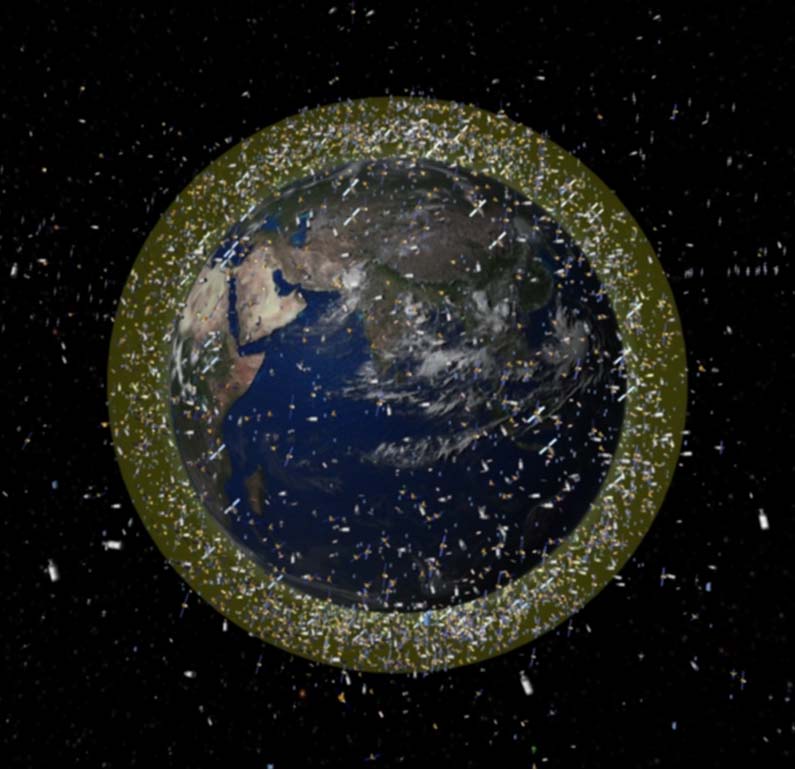
WASHINGTON — The U.S. Air Force's decision to shut down a key component of its Space Surveillance Network will weaken the service's ability to accurately detect and characterize objects in Earth orbit, experts say.
The space fence shutdown, ordered by Gen. William Shelton, commander of Air Force Space Command, also will reduce the overall capacity of the system, these experts said. At the same time, they suggested it could increase pressure on the Air Force to award a contract on a next-generation system, which has stalled amid a Pentagon-wide review of its acquisition plans.
According to two recent memos obtained by SpaceNews, the Air Force will shut down the aging Air Force Space Surveillance System, also known informally as the Space Fence, Sept. 1. The memos, from Austin Frindt, a contracting officer with Air Force Space Command, were addressed to Five Rivers Services of Colorado Springs, Colo., operator of the current Space Fence, which consists of a line of VHF radars stretching across the southern United States. [Top 10 Space Weapons]
Deployed in the 1960s, the VHF Space Fence includes three transmitter sites and six receiving stations. It is responsible for approximately 40 percent of all observations performed by the Air Force-run Space Surveillance Network, which includes other ground-and space-based sensor assets, said Brian Weeden, technical adviser at the Secure World Foundation, a nonprofit organization dedicated to space sustainability.
"The Space Fence does a lot of heavy lifting," said Dave Baiocchi, a senior engineer at the Rand Corp., an Air Force think tank in Santa Monica, Calif. Without it, "you're missing some level of accuracy," he said.
In a memo dated Aug. 1, Frindt said the Air Force was not exercising its option for a fifth year of a contract to provide management and logistical support for the nine field stations.
Lori Thomas, president of Five Rivers Services, declined to comment and referred questions to the Air Force.
Get the Space.com Newsletter
Breaking space news, the latest updates on rocket launches, skywatching events and more!
"This is your notice to begin preparing the sites for closure," the memo said. "A specific list of action items will be provided as soon as it is finalized."
A follow-up memo dated Aug. 9 asked Five Rivers for an analysis of what it would cost to close the Space Fence sites. This memo said the system would be turned off Sept. 1.
In an email Aug. 5 Andy Roake, a spokesman for Air Force Space Command, pointed to the automatic budget cuts known as sequestration. "In this tough, sequestered budget environment, we're considering many options, but for FY14, no final decisions have been made," he said.
The memos suggest otherwise, asking for photographs of the closed sites, plywood on windows and weekly updates. Roake did not respond to follow-up questions by press time. A spokesman for the U.S. Strategic Command, which oversees the Joint Space Operations Center, referred questions to Space Command.
Though part of a broader surveillance network, the VHF Space Fence is crucial because it can track objects up to 24,000 kilometers away. Other ground-based sensors in the network generally track objects at altitudes lower than a few thousand kilometers, Weeden said.
"The Space Fence is very important as it gives an 'uncued tracking' capability," Weeden said. "Because it's constantly transmitting, it can detect objects without being tasked to do so. There are some other sensors in the network that can do uncued tracking to some degree, but the Space Fence is rather unique in the sheer size of the detection coverage it has."
The Space Fence, along with operators at the Joint Space Operations Center, can observe objects down to the size of a basketball and make precise determinations of their characteristics, location and movement. Each month the system is responsible for logging more than 5 million observations of space objects, according to an Air Force fact sheet. [Worst Space Debris Events of All Time (Countdown)]
Experts said without the Space Fence, the Air Force will have a harder time knowing when orbital collisions have occurred.
"It will be more difficult and take longer to detect and catalog new pieces of debris, especially those from large breakups," Weeden said. "And the loss of capacity likely means that we have less accurate orbits for a good portion of the space debris" in low Earth Orbit, he said.
In April, Shelton said two of the Space Fence's receiver sites had been placed in cold storage, one in Glennville, Ga., and one in Hollandale, Miss., reducing the overall accuracy and effectiveness of the system. The change was made as part of the Air Force's response sequestration, the across-the board-budget cuts that took effect in March.
In July, the Air Force released a request for proposals to operate the aging system beginning in September 2015 — one year after the Five Rivers Services' contract was set to expire. The request said the Space Fence "has been identified as a critical defense system and, therefore, shall be manned on a 24-hour, 7-days-a-week, 365-days-a-year basis at transmitter sites and 8-hour, 7-days-a-week, 365-days-a-year basis at receiver sites."
But as sequestration lingered, experts said, turning off the Space Fence may well have been the best of a bad set of options. Other sensors, they noted, have a dual mission that includes space surveillance and missile warning.
"Closing them down would have impacted those other missions and likely generated a lot more political heat from Congress," Weeden said.
Meanwhile, an overdue contract to build a next-generation Space Fence is on hold due to the Defense Department's recently completed Strategic Choices and Management Review, which examined the Pentagon's options under three different funding scenarios for the next decade.
Baiocchi said he expected the closure of the current Space Fence to increase pressure on the Pentagon and Congress to fund a next-generation system, consisting of S-band radars, that would be capable of tracking golf ball-sized objects.
Lockheed Martin Mission Systems and Sensors of Moorestown, N.J., and Raytheon Integrated Defense Systems of Tewksbury, Mass., have developed competing designs for the new Space Fence.
Shelton said in July that engineers at Eglin Air Force Base in Florida were looking for ways to improve the current Space Fence as a contingency plan should the Pentagon elect not to go forward with the next-generation system.
See the Air Force's memo about the Space Fence shutdown obtained by SpaceNews.
This story was provided by SpaceNews, dedicated to covering all aspects of the space industry.
Join our Space Forums to keep talking space on the latest missions, night sky and more! And if you have a news tip, correction or comment, let us know at: community@space.com.
Mike Gruss is a veteran defense reporter and Editor-in-Chief of Sightline Media Group, which includes Army Times, Air Force Times, Dense News, Military Times and Navy Times. From 2013 to 2016, Mike served as a Senior Staff Writer for SpaceNews covering national security space programs and military space policy in the U.S. Congress. Mike earned a bachelor's degree in English and American Studies from Miami University and has previously wrote for the Journal Gazette in Fort Wayne, Indiana and the Virginian-Pilot in Virginia before joining SpaceNews. Prior to joining Sightline in 2017, he was a senior editor of FedTech magazine covering technology in federal government. You can see Mike's latest project on Twitter.

